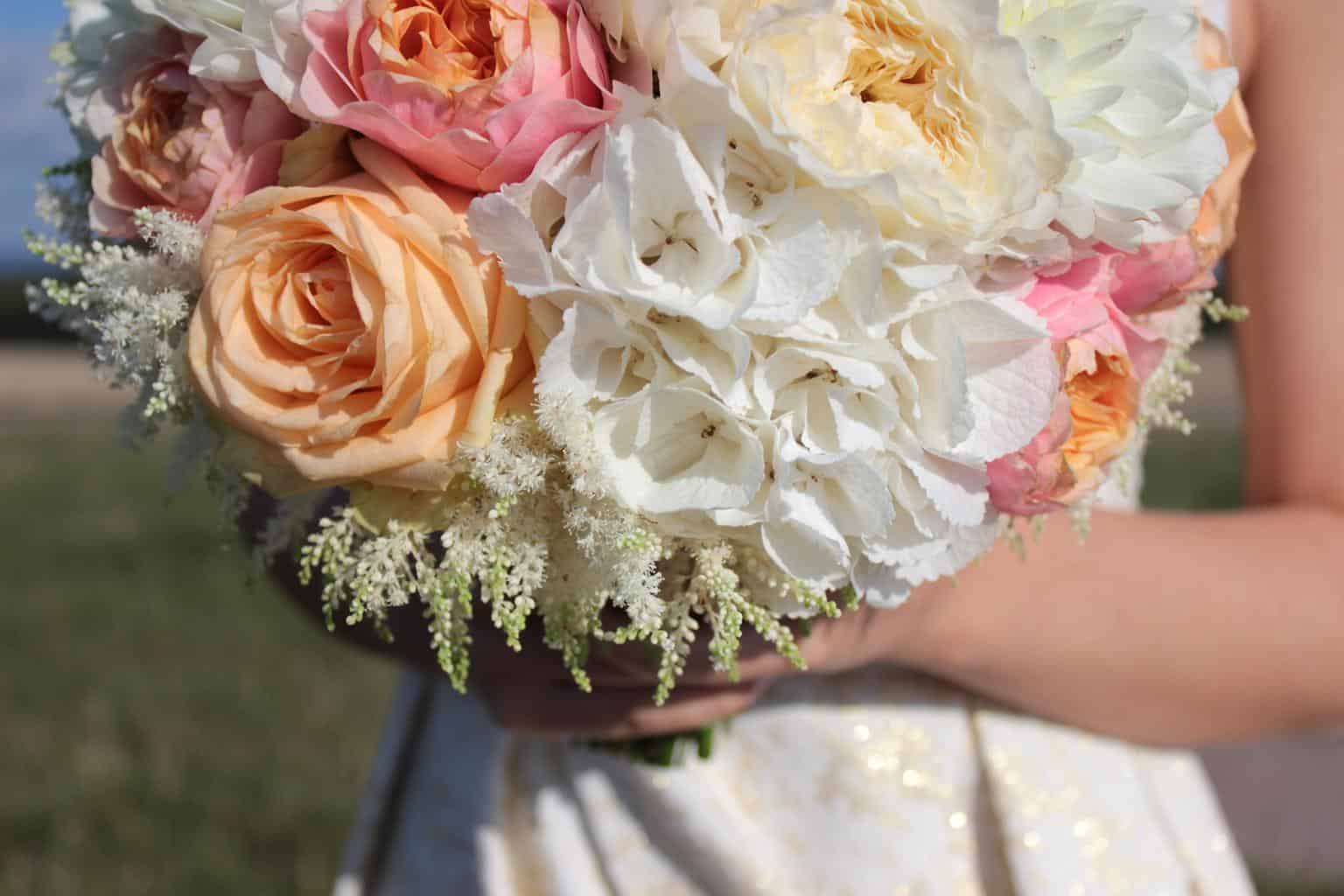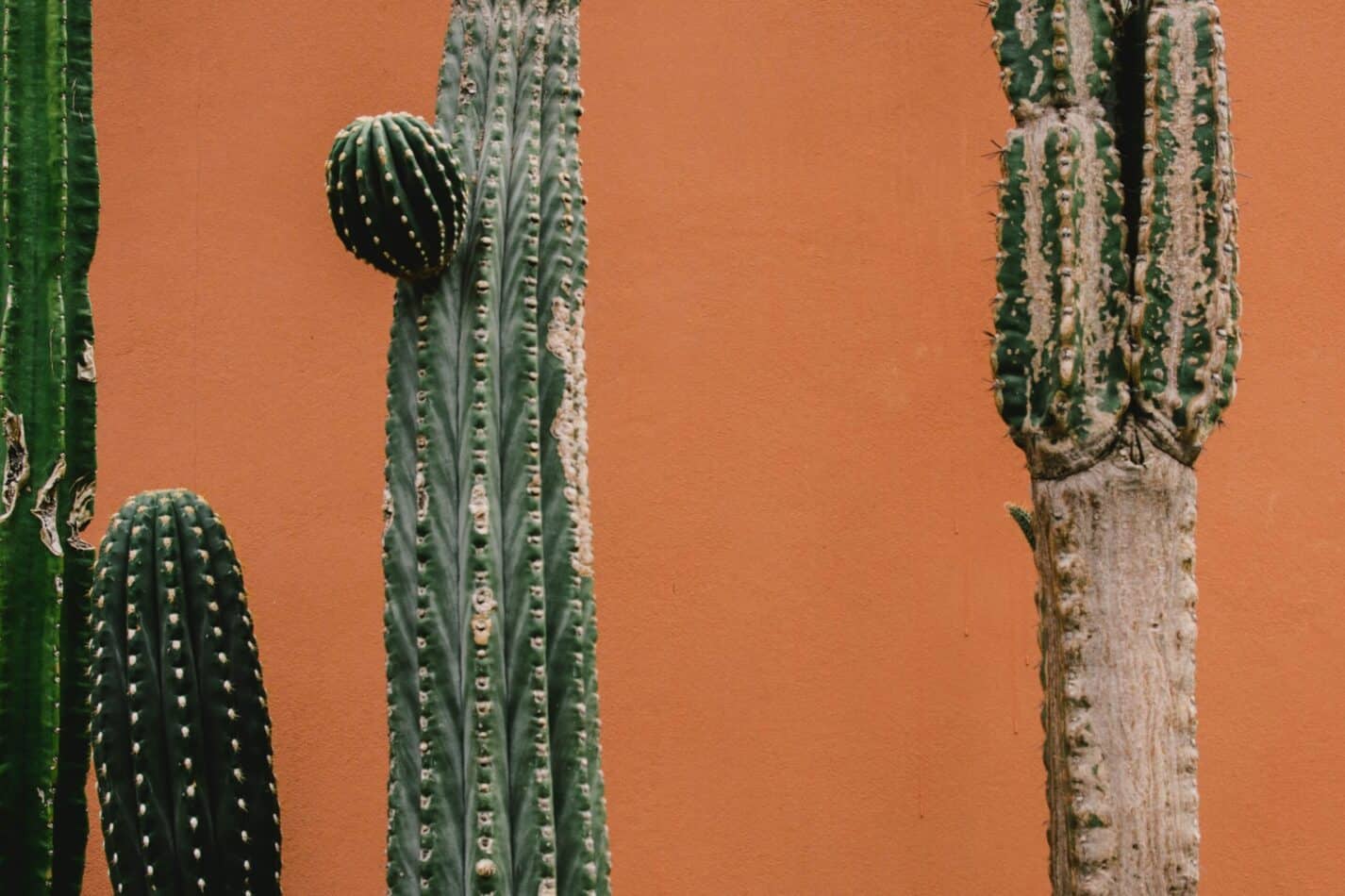Cyclamen is an incredibly interesting flower that has a rich history and cultural significance. The persistence of this flower over time speaks to its resilience and hardiness. For every indoors or outdoor occasion, there is a variety of Cyclamen to brighten any home or garden. The best way to care for and maintain a Cyclamen, along with its abundance of varieties, all make it a great choice of flower for any type of gardener.
How to plant
Cyclamen is a tender tuberous perennial, so it is best planted in early fall. In warmer regions, they may be planted any time of year. It is important to make sure the soil is well drained and not overly moist, as the plants will not tolerate waterlogging or soggy conditions. Make sure to avoid planting it too deep into the soil, as this could restrict the growth of the tuber.
It is also important to make sure the location receives adequate sunlight, as these plants need at least four to six hours of sunlight a day. In cooler climates, planters may need to provide some shade to protect the plants from the intense summer heat. It is also important to make sure the planter is well-kept and adequately fertilized. A balanced fertilizer with 20-20-20 NPK is recommended.
Meaning and symbolism
The meaning of the Cyclamen flower is quite varied and diverse. Generally, it is thought to represent feelings like sincerity and friendship as well as well wishes and good luck. In some european countries like Italy, it also has the meaning of optimism and fortune, as well as rebirth and resilience.
The etymology of the word Cyclamen comes from the Greek word “kyklos” which translates to “circle” and refers to the round shape of the seed head that contains multiple tiny seeds.
History, mythology, and religious significance
The Cyclamen has a long-lasting significance in both mythology and history. In Greek mythology, the plant is associated with the goddess Persephone’s story, and in particular with the “descent” part. According to the legend, when the goddess was abducted by Hades to the underworld, a bunch of flowers that grew around the entrance of the dark realm represented her reappearance. One of the flowers in this beautiful bouquet was the Cyclamen. It is told that its signature reflexed petals were symbolic of her mother Demeter’s tears when Persephone reached the underworld. It is said that people at the time of Ancient Greek believed that the plant was a symbol of parting love.
In the Christian tradition, Cyclamen is associated with the second coming of Christ and resurrection, as the bloom of the flower appears out of the stone-like tuber.
Flower varieties and their defining characteristics
The most common type of Cyclamen is Cyclamen persicum. This flower is also known as the Florists Cyclamen because it is widely available in florists and stores, especially during the holiday season. It is a domestic garden-variety flower and, as the name suggests, has its origins in Persia.
The best varieties of Cyclamen persicum are ‘White’, ‘Pink’, ‘Purple’, ‘Scarlet’, ‘Violet’, ‘Album’, and ‘Ruby’. These are the ones that are widely grown in temperate climates.
The ‘White’ variety of Cyclamen persicum has white petals that look like wings, and the fragrant flowers bloom from mid-autumn to late spring. It is drought tolerant and prefers partial shade and well-draining soil.
The ‘Pink’ variety has pink petals that look like snowflakes and deep green leaves, and the flowers bloom from mid-autumn to late winter. It prefers full sun and moist soil.
The ‘Purple’ variety is a bright and vibrant flower that blooms in autumn and late winter. It has bright purple petals and a white center, and prefers moist and well-draining soil.
The ‘Scarlet’ variety of Cyclamen persicum is a striking flower, with bright scarlet petals and white centers. The flowers bloom from autumn to late winter. It needs full sun and moist, well-draining soil.
The ‘Violet’ variety has deep purple and pink petals, with white centers. The flowers bloom from autumn to late winter and prefers moist and well-draining soil.
The ‘Album’ variety of Cyclamen persicum is a white flower that blooms from autumn to early spring. It prefers partial shade and moist, well-draining soil.
The ‘Ruby’ variety is a deep red flower that blooms from mid-autumn to late spring, and it tolerates drought. It prefers partial shade and well-draining soil.
How to pot and repot Cyclamen
When potting and repotting Cyclamen, it is essential to follow the right methods and use the right materials.
When planting Cyclamen, it is recommended to use an unglazed or terra cotta pot, as they are well-suited to the plants’ needs, as they are good at wicking away excess moisture and keeping the roots healthy. The pot should be filled with well-draining soil, mixed with organic matter to ensure the plant is getting enough nutrients. When repotting, try to use the same size pot, as this will ensure the roots are not disturbed and will keep the Cyclamen from becoming root bound.
How to prune
Pruning items from the Cyclamen is important in order to keep it looking healthy and full. Pruning helps to thin the crowded stems and it also helps to promote new and better growth. Pruning should be done in early spring, when the plant is starting to go dormant.
To prune, simply use a pair of sharp gardening scissors and start at the top of the plant, snipping off any long, straggly stems. Be sure to leave the natural curls, as they help the stems to become more compact. It is important to remember to not cut off too much, as this could damage the flower. You should never remove more than a third of the stems at once.
How to propagate
Propagating Cyclamen is a simple and straightforward process. The most common method of propagation is through dividing the plants.
When dividing the plant, the best time to do so is when the plant has gone dormant. During this time, gently loosen the soil around the tuber and gently lift the plant from the soil. Carefully divide the tuber with a sharp knife and replant the pieces. It is important to make sure each piece has its own stem and tuber.
It is also possible to propagate from cuttings. When taking cuttings, choose stems that have not yet flowered, as these are the most likely to produce successful plants. Use a sharp knife and cut just below a node and place the cutting in a pot of soil, burying the node in the soil.
Common pests and diseases
Cyclamen can be affected by various pests and plant diseases. The most common of these are aphids, mealybugs, spider mites, slugs, and snails. To prevent and/or treat these pests, the best thing to do is to regularly inspect the plants and use appropriate insecticides and/or an organic pest control.
In addition, Cyclamen can be affected by powdery mildew, leaf spot, and root rot. To prevent or treat these diseases, it is important to provide adequate air circulation and to avoid overly moist soil. It is also important to use any fungicides if necessary and to make sure to discard any infected plants.
Table Fact Sheet
| Cyclamen | Cyclamen persicum |
|---|---|
| Family | Primulaceae |
| Plant Type | Tender, tuberous perennial |
| Mature Size | 1-3 feet in height and width |
| Sun Exposure | Most varieties prefer partial shade |
| Soil Type | Well-draining, humus-rich soil |
| Soil pH | 6.0-7.0 |
| Bloom Time | Fall-late spring |
| Flower Color | White, pink, purple, scarlet, violet |
| Hardiness Zones | 6-9 |
| Native Area | Syria, western Asia |
Frequently Asked Questions
Q: What type of soil does Cyclamen prefer?
A: Cyclamen prefer well-draining, humus-rich soil.
Q: When is the best time to plant Cyclamen?
A: In cooler climates, the best time to plant is in early fall. In warmer climates, they can be planted any time of year.
Q: What is the best way to propagate Cyclamen?
A: The most common method of propagation is through dividing the plants. Cuttings can also be taken from plants that have not yet flowered.
What we love from Amazon this week
Buy these wonderful flowers directly from Amazon:















